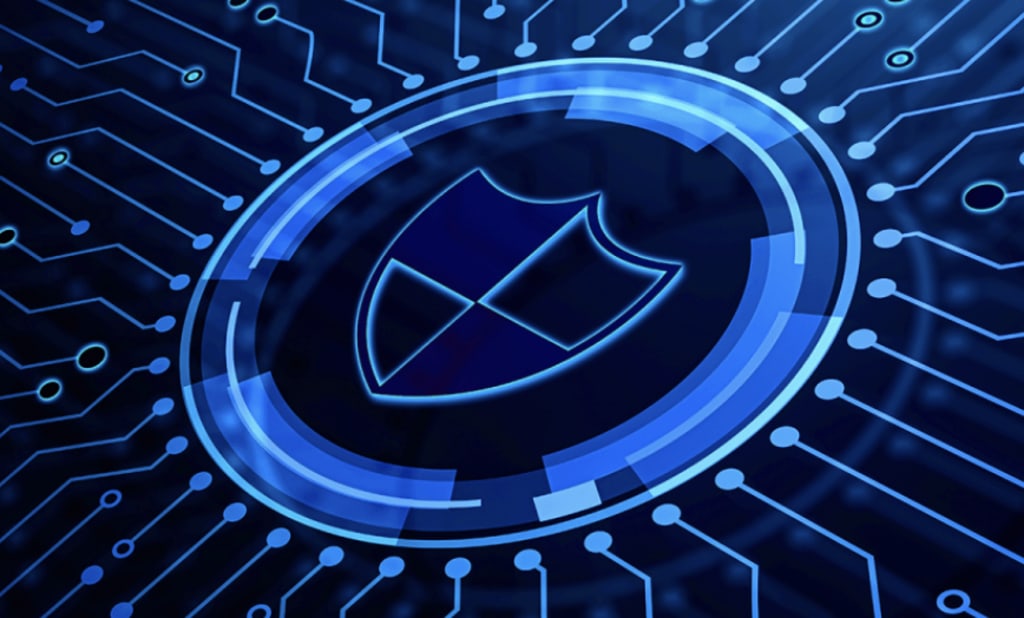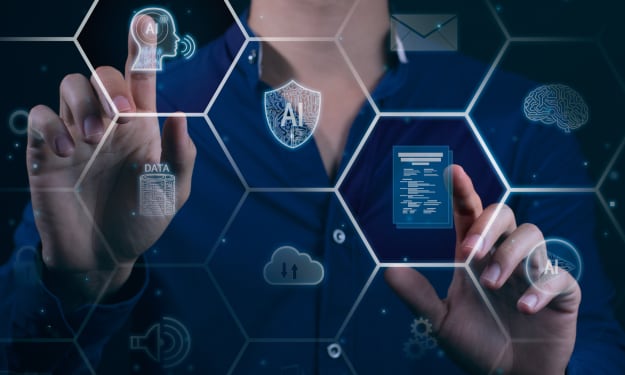Cybersecurity in the Digital Age: Challenges and Solutions
Exploring the Evolving Threat Landscape and Effective Countermeasures for Cybersecurity in Today's Digital World

Introduction
The importance of cybersecurity in the digital age cannot be overstated. With the rapid advancements in technology, the threat landscape is constantly evolving, making it a challenge to secure sensitive data and information. Cybersecurity involves a range of practices, technologies, and protocols aimed at protecting digital data from unauthorized access, theft, or damage. In this article, we will explore the challenges in cybersecurity in the digital age and discuss various solutions that can be implemented to address them.
Challenges in Cybersecurity
One of the most significant challenges in cybersecurity is the increasing number of cyber attacks. Cybercrime costs the global economy over $600 billion each year, according to the Center for Strategic and International Studies (CSIS). This includes both the direct financial losses from cyber attacks and the indirect costs associated with lost productivity, reputational damage, and other factors.
Another challenge in cybersecurity is the constantly evolving threat landscape. Cybercriminals are constantly finding new ways to breach systems and steal information. They may use malware, phishing, or social engineering techniques to gain access to sensitive data. With the increase in the use of mobile devices and cloud computing, there are more avenues for cybercriminals to exploit.
In addition, the increasing use of Internet of Things (IoT) devices has opened up new vulnerabilities in cybersecurity. IoT devices are typically designed with convenience in mind, rather than security, making them easy targets for cybercriminals. The use of artificial intelligence and machine learning has also raised new cybersecurity concerns, as these technologies can be used to automate attacks and bypass traditional security measures.
Solutions in Cybersecurity
To address the challenges in cybersecurity, organizations can implement various solutions. One solution is to use encryption to protect data. Encryption involves transforming plain text into a code that can only be read by authorized users who have the decryption key. This helps to prevent data breaches and protect sensitive information.
Another solution is to use multi-factor authentication (MFA). MFA requires users to provide multiple forms of identification before accessing a system. This can include something they know (like a password), something they have (like a token or smart card), or something they are (like a fingerprint or facial recognition). MFA can help to prevent unauthorized access to systems and reduce the risk of data breaches.
Training and education are also crucial solutions in cybersecurity. Many cyber attacks occur because of human error, such as clicking on a suspicious link or opening an infected attachment. By training employees and educating them on the latest cybersecurity threats and best practices, organizations can reduce the risk of these types of incidents.
In addition to these solutions, organizations can also implement security protocols such as firewalls, intrusion detection systems, and regular software updates. Regular backups of data can also help to ensure that data can be restored in the event of a cyber attack.
Conclusion
Cybersecurity is a complex and ever-evolving field that poses significant challenges to individuals and organizations in the digital age. With the increasing number of cyber attacks and constantly evolving threat landscape, organizations must be proactive in implementing solutions to protect their digital information and data. By using encryption, multi-factor authentication, providing training and education to employees, and implementing security protocols, organizations can mitigate the risks of cyber attacks and safeguard their valuable data. As technology continues to advance, cybersecurity will remain a critical aspect of modern life that must be addressed. It is essential for organizations to stay updated and informed about the latest cybersecurity threats and best practices to ensure the safety and security of their digital assets.
About the Creator
Arda YILDIZ
Hi, I'm Arda. As a 20-yr-old Comp Eng student, I enjoy playing guitar (13 yrs!), reading books, and listening to music. With advanced English skills, I love connecting with people from all over the world and learning about new cultures.






Comments
There are no comments for this story
Be the first to respond and start the conversation.